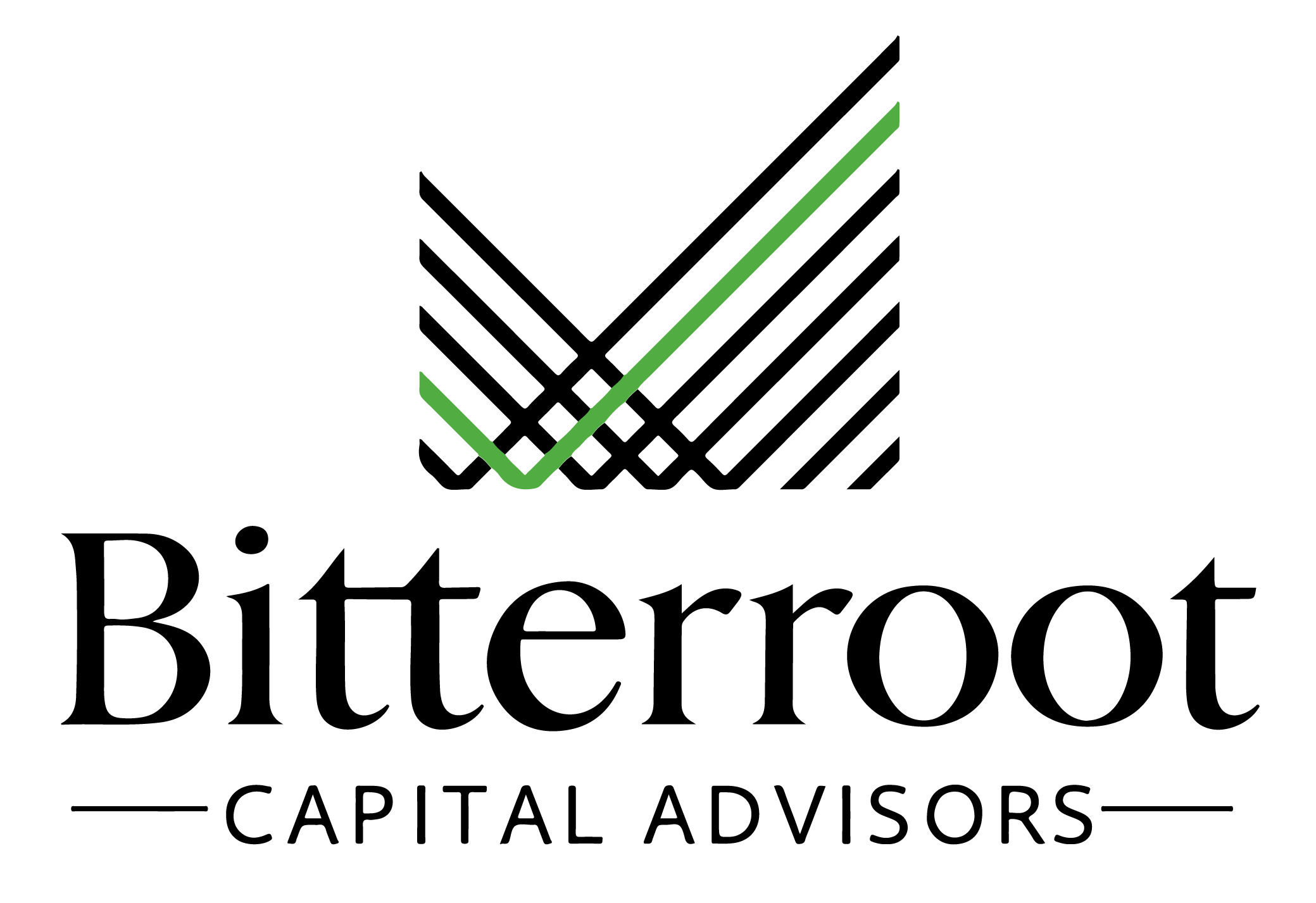Hedge Funds
The HFRX Hedge Fund Index gained 2.1% in Q3 and is up 5.1% YTD. Year-to-date, the strongest performing strategies have been long-short equity hedge funds (+7.5%) and convertible arbitrage (+5.6%), while merger-arbitrage has lagged with a -0.9% return.
Commercial Real Estate
The NCREIF Index for commercial real estate declined by 0.3% in Q2 2024, marking the sixth consecutive quarter of negative performance. Low transaction volumes have resulted in variability in pricing data across different index providers. According to Green Street, a weighted index of commercial real estate values is down 19% from its 2022 peak and 3% over the past 12 months. However, prices showed signs of stabilizing toward the end of 2023, with higher-quality properties up 3% YTD. Cap rates have also leveled off and appear to be peaking for most property types.
Data from the RCA Commercial Property Index highlights variation across different property sectors:
- Industrial: Prices increased 0.4% month-over-month (MoM), up 4.3% YTD and 6.9% year-over-year (YoY).
- Apartments: Prices rose 0.1% MoM, but remain down 3.1% YTD and 5.7% YoY.
- Office: Prices edged up 0.2% MoM, but are still down 3.6% YTD and 9.6% YoY, with central business districts experiencing larger declines compared to suburban offices.
Operating fundamentals across property types show significant divergence:
- Office: Vacancy rates have climbed above 20% for the first time but appear to be bottoming.
- Apartments: Demand remains strong, with record absorption in Q3, but an increase in new supply is limiting rent growth.
- Industrial: Vacancy rates have risen to 6.5%, up from a low of 3.7%, but still below pre-pandemic averages. Despite strong demand, increased supply has resulted in flat market rents on a quarter-over-quarter basis.
Private Equity
Private equity deal and exit activity is rebounding from previously depressed levels. Cambridge Associates reports that U.S. private equity delivered a 1.8% return in Q1 2024, following a 9.3% return for FY 2023. Preliminary estimates indicate low single-digit returns for Q2 2024, reflecting private equity’s lagging performance relative to public equity markets in 2023 and 2024 due to lower exposure to mega-cap technology stocks driving the broader market rally. Additionally, private equity managers remain cautious about marking up asset values amid low exit volumes.
Deal Activity:
- In Q3 2024, U.S. PE buyout deal activity reached $250 billion, up 23% YTD, and significantly higher than the $140-$160 billion per quarter seen in earlier periods. Platform LBO activity has also rebounded, up 28% YTD.
- Deal valuations have increased to 12.7x EV/EBITDA on a trailing twelve-month basis, compared to 11.2x in 2023 and 13.3x at the peak in 2021. Tier 1 assets continue to command high valuations, while prices for lower-quality assets have declined by 20%-30%, if they come to market at all.
Leverage and Exits:
- New deal Debt/EBITDA multiples remained stable at 5.1x in Q3 2024, down from 5.9x in 2022, with debt/total capital at 46%, below both 2022 levels (51%) and the 10-year average (55%).
- Exit activity has improved markedly in $ terms, up 50% YTD over 2023 levels, though the number of deals remains relatively flat. General partners are likely bringing their best assets to market for exits via sales or IPOs.
- Given still low exit values compared to 2020-2021, we anticipate increased secondary market activity as firms seek liquidity.
Venture Capital
Venture capital (VC) performance appears to have bottomed but remains uneven. According to Cambridge Associates, U.S. VC returned 2.2% in Q1 2024, while preliminary Q2 data indicates a -1.6% return. The number and value of deals for 2024 are projected to be similar to 2023 levels, which are in line with pre-pandemic activity but significantly lower than the 2021 peak (more than $350 billion versus $160 billion projected for 2024).
AI-related startups continue to attract substantial investment, with high valuations seen in seed and Series A funding rounds. Outside of the AI sector, investor terms for new deals have become more favorable compared to the 2021-2022 period.
Exit activity remains weak, with distribution rates at an annualized 5.2% of NAV, the lowest level since the Global Financial Crisis. However, recent VC IPOs have shown better performance in the public markets than those launched in 2022-2023, suggesting a potential turning point in 2025.



